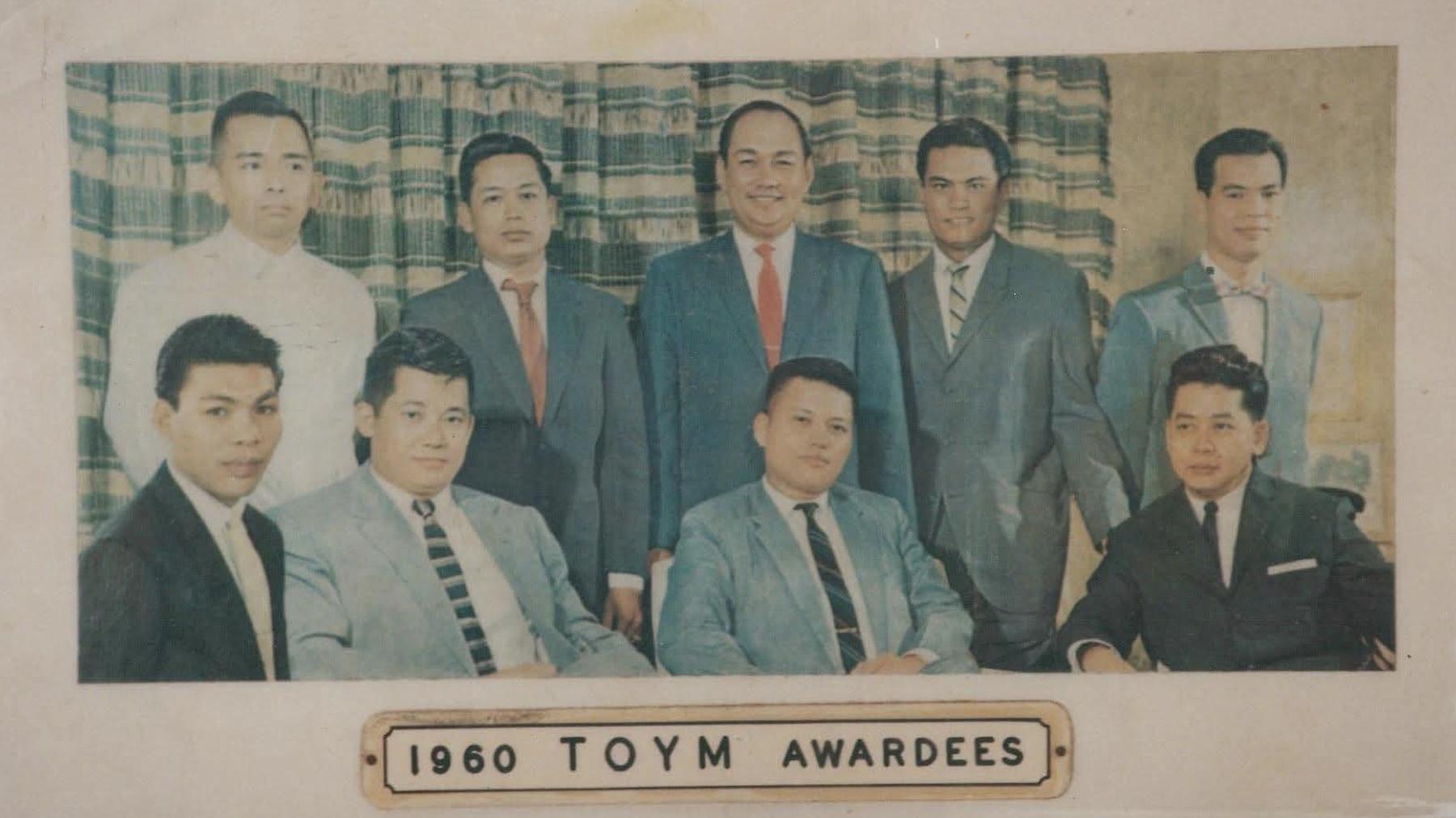WORDS are mere grace notes, and I’ve dealt with them all my life. They are adequate for many of our purposes, even indispensable for most. They can, of course, be immeasurably beautiful and graceful.
But they can’t do everything.
Testimonial to the power of the photograph to present a tapestry of history. Images that capture each event in a split second are told to the eyes in a split second of its happening. Words cannot do that. They can tell us about people and events that shape one’s daily word, but the news photograph bring reality to life in a very special way. The skills of the photographer grabs for us the instant, spontaneous electricity, when they cap off a collection of visual delights of nostalgia, history and drama in whose story needs few words; a paragraph or two in the news columns.
The role of the newspaper, then and now, is essentially the same — to provide readers with vivid communication about the world they live in. Photography, with its vivid communication of reality, is ideally suited to the aims of journalism.
But today, photographers are different than before with visual sophistication: better composed, more artful, less liked poised tableaux. They are better educated, better trained not only in technique, but also in visual expression — and there is more competition.
In a broadened range of subjects, photojournalists have covered wars and wonders, entertainers and athletes, fads and fashion, presidents and their celebrations, disasters and discoveries with their skills and extraordinary versatility, and not merely by recording an event. They conveyed a larger meaning combining information with emotion, even comment. Old timers had their quality instinctively: the new ones roaring with their new vigor, have it bred in the bone and polished by training.
They call him Mr. G
I’ve seen a lot of photographers on assignment; but Mr. G, you have to find him. You had to look in the shadows. In the last 17 years, he was never where you could see him, because he was always where he could be: hovering in a corner or taking photographs of dull stationary buildings…or the castles all over Europe…with no people, just nunaced around them.
All of a sudden, he’d pick and feel the real subject, the one you had not seen before, he didn’t do these for a prize. Pictures unrelated to news events or feature stories, that makes a nice antidote to the hard, unhappy news of the day. It sets an example to the rest of his colleagues to simply enjoy the fun of pictures; taking what recaptures the enthusiasm that led one to become photographers, to begin with.
His photo of the talisain (a rare breed of the Philippines fighting cock) brought back the excitement of sabong (cockfighting), a favorite sport back home, where the peasants and landed gentry, sat side by side in shared joy, excitement — and loss.
The photo of the pea hen, with all the grandeur arrogance splendor and vanity of its colorful plume be captioned, “Today a peacock, tomorrow a feather duster” was a reflection of the fragility of power. The prize winning photo of the kingfisher and the fish, in a silent romantic conversation, by a brook. was captioned, “A bird may love a fish, but where will they live?” Didn’t Thoreau say that?
When asked about the changes in the la la land of photographers of today, in a scourge of blurry vertical photos by cellphones, iPod users, the elimination of an entire photography department in a big newspaper company — can anything be sadder that photographers reading their pink slips on what they thought was a regular working day?
Mr. G’s thoughts were gentle.
”When things like these happen you can’t respond with anger. Jobs will be gone. Instead of cursing the darkness, light a candle as an old hand said, Everyday, we cover life…birth and death and what’s in between…Photography is something we love, something we do that gives is a purpose, through a journey where there’s storm, pain – but always anchored on the service we give; tomorrow is another day…Press photographers regardless of their affiliations, their cameras will always be there to greet it.”






